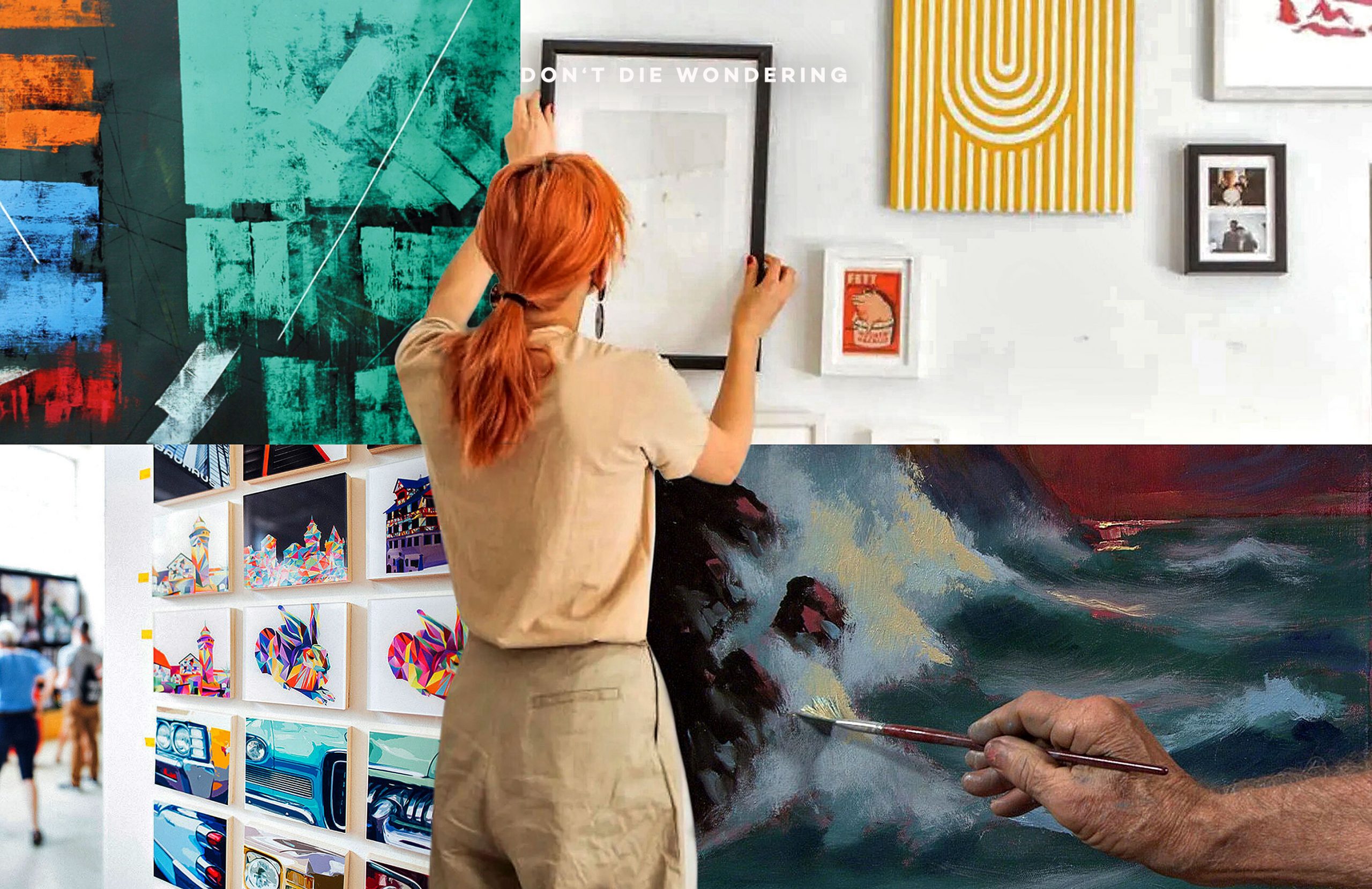
Thomas Merton rightly said – Art enables us to find ourselves and lose ourselves at the same time.
Investing in art is more of a calculative decision rather than just having a passion for art. It’s a source of investment that would yield handsome returns in time to come and rightly so, it does.
So is art still a good investment in 2021, what makes it a good investment, and how can you choose good pieces?

There are several factors you should consider when assessing an artwork, all of which will contribute to its future value. Appreciation factors include the rarity of the piece, the notoriety of the artwork or artist, the authenticity and condition of the item, and the cultural significance of the piece.
Rarity
How rare a piece of artwork is will always impact its future value. The rareness of a piece of artwork may also be referred to as the size of the edition.
Production of artworks or photographs which are ‘limited edition run’ is always more desirable than mass-production. However, a one-of-a-kind, original artwork will always be worth more than any replica or reproduction such as a giclées or prints.
Condition
The artwork’s condition, be it a sculpture, painting, or drawing, will always be significant. If an artwork is damaged, it will be worth less than a piece in mint condition.
Artworks made with high-quality materials are likely to maintain their condition for a longer period. So even if you’re buying a brand new artwork, you should consider how well it will age.

Authenticity
You should always get an artwork authenticated when making a significant investment. An original artwork that is signed or numbered by the artist has more authenticity than an unidentified piece.
You should also review the artwork’s provenance or chronological history of ownership. Provenance is particularly important when buying older artworks. The provenance will provide contextual and circumstantial evidence about the authenticity of an artwork and its original production.
What are the don’ts though?
Don’ts
- Don’t get carried away by the price. If it comes at a price that is far lesser as compared to what it commands, check the authenticity. Check whether it is rightfully being sold or is it stolen or illegally being brought in the country.
- Do NOT risk your credibility at any cost. Ask to see export licenses before buying.
- Don’t overlook the insurance documents. Check on the insurance options made available.
- Do not neglect it once purchased. Maintain it well.
If you want guaranteed returns on the money you invest, give your portfolio plenty of time to mature before taking the leap.
But for seasoned, confident investors who are enthusiastic about art—and who have extra funds to cover the costs—an investment in a painting or sculpture can be an exciting way to diversify a portfolio.
SEE MORE: THE GREAT DEBATE | WILL TRADITIONAL ART SURVIVE IN OUR EVER-EVOLVING DIGITAL WORLD?


